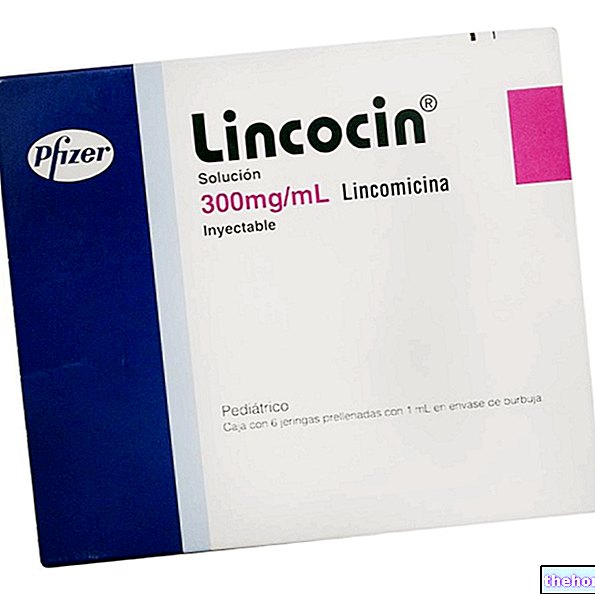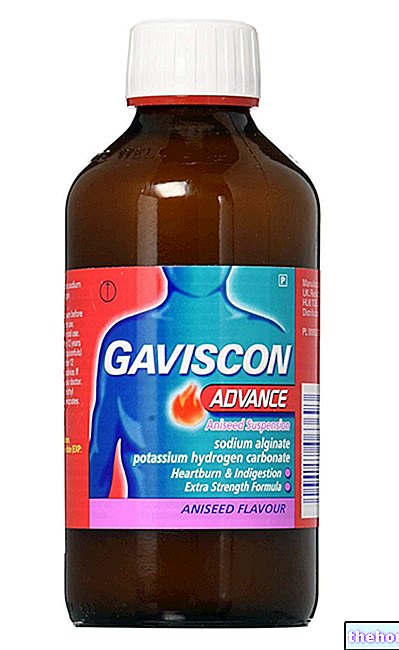, with a structure similar to endogenous corticosteroids. The latter are synthesized in the adrenal glands starting from cholesterol and are divided into two categories: that of mineralocorticoids and that of glucocorticoids (depending on whether the action mainly affects the carbohydrate or hydrosaline balance). They reduce the intestinal absorption of calcium by antagonizing the transport mediated by vitamin D. At the same time they increase its excretion → OSTEOPENIA They increase gluconeogenesis starting from amino acids and decrease the peripheral use of glucose → HYPERGLYCEMIA, INSULIN RESISTANCE, DIABETES MELLITUS. They increase protein catabolism except in the heart and central nervous system → MUSCULAR ATROPHY, CAPILLARY FRAGILITY, DELAYED HEALING OF WOUNDS The catabolism of lipids increases, resulting in an increase in free fatty acids and ketone bodies in the blood → REDISTRIBUTION OF BODY FAT, WHICH ACCUMULATES AT THE LEVEL OF THE FACE, NECK AND ABDOMEN, WHILE REDUCING AT THE LEVEL OF THE LIMBS, WHERE COEXIST MUSCULAR HYPOTROPHY. They can give psychotic phenomena due to elevation of mood, morning insomnia → DEPRESSIVE SYMPTOMS ON SUSPENSION. In the blood, they cause an increase in red blood cells and hemoglobin, increase neutrophils and reduce the number of lymphocytes (anti-lymphoblastic action).
)
Through lipocortin, they block the initial stage of liberation of the arachidonic acid which gives rise to the inflammatory cascade. The anti-inflammatory action of cortisones is attributable to the blocking of the synthesis of pro-inflammatory prostaglandins (responsible for edema, hyperalgesia, erythema and body temperature regulation) and pro-inflammatory leukotrienes (which act as chemotactic factors, stimulate the production of free radicals and cause bronchoconstriction). The immunosuppressive action of cortisone drugs is inseparable from the anti-inflammatory one, which in turn is parallel to the effects on glucose and anti-inflammatory metabolism; all these effects are not directly correlated to those on sodium retention. Relative potencies and equivalent doses of the main cortisones
Anti-inflammatory power Potency of sodium retention Duration of action. Biological half-life
Cortisol 1 1 Short 8-12 h 20 Cortisone 0.8 0.8 Short 8-12 h 25 Fludrocortisone 10 125 Short 8-12 h 0.1 Prednisone 4 0.8 Intermediate 12-35 h 5 Prednisolone 4 0.8 Intermediate 12-35 h 5 Metiprednisolone 5 0.5 Intermediate 12-35 h 4 Triamcinolone 5 0 Intermediate 12-35 h 4 Betamethasone 25 0 Long 36 - 72 h 0.75 Dexametason 25 0 Long 36 - 72 h 0.75 also for water retention Hypertrichosis and pupural striae Lunar facies and petechiae Increased intraocular pressure
Tags:
spices eating-behavior-disorders recipes
Synthetic cortisones have a structure similar to the endogenous ones and as such are characterized by the presence of the "cyclopentanoperhydrophenanthrenic ring typical of cholesterol and steroid hormones; on the basic structure, substitutions are made at the level of carbon atoms to enhance the anti-inflammatory power and reduce side effects on intermediate metabolism.

Among the synthetic cortisone we remember prednisone, prednisolone, methasone, dexamethasone and fluocortisol.
or mucous membranes), inhalation, oral (in the case of prednisone and prednisolone) and systemic (soluble esters and as such injectable). The therapeutic indications of these drugs are quite numerous; just to cite a few examples, cortisone drugs are classically used in the presence of arthritis, joint pain and inflammation, dermatitis, allergic reactions, asthma, rhinitis, systemic lupus erythematosus, chronic autoimmune hepatitis and inflammatory bowel diseases. However, their use remains palliative, that is, intended to alleviate the symptoms of a disease without removing the cause.(aldosterone) by increasing potassium excretion → HYPERTENSION, EDEMIS, WATER RETENTION, HYPOKALIEMIA
Composed
Equivalent dose
mg os-ev
MEDIUM ENTITY (due to prolonged use of cortisone)
- Steroid diabetes
- Loss of potassium
- Growth retardation
- Worsening of ulcers
- Aggravation of infections
- Dysproteinemia
SERIOUS (due to prolonged use and high doses of cortisone)
- Hemorrhages
- Edema
- Osteoporosis and fractures
- Polyneurite
- Dysproteinemia




























